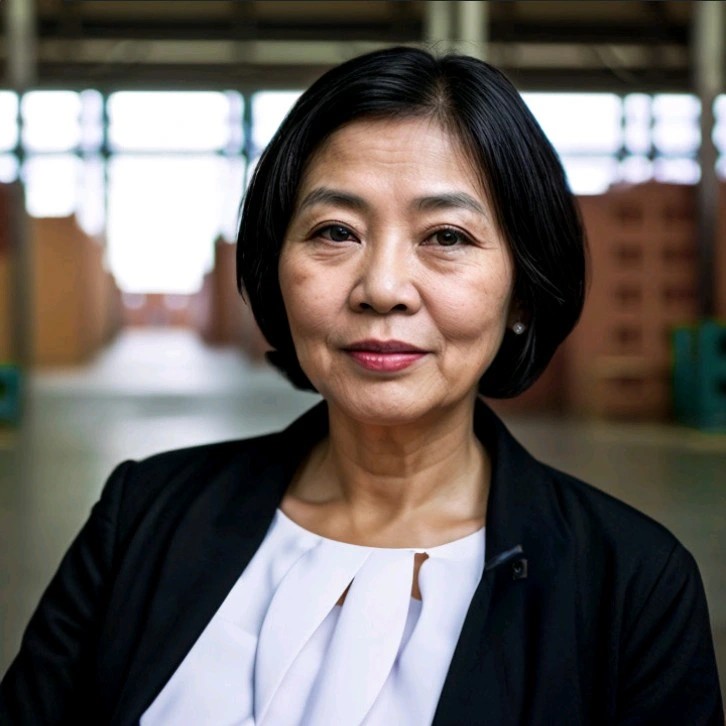
The price of onions has been the subject of much discussion in the Philippines lately. With prices soaring to an all-time high, consumers feel the pinch more than ever as they struggle to afford essential items. The current market rate for a kilo of onion stands from 400 to 600 PHP, a significant increase from the average retail price per kilo mid-last year. This spike in cost is largely attributed to shortages caused by severe weather conditions and general supply chain issues affecting production across the country.
Last year, the Philippines was hit by a series of powerful typhoons that resulted in significant losses to crops worth tens of billions of pesos. This has led to an exponential price increase and posed further economic challenges for the nation. The Philippine Statistics Authority reports that soaring inflation in recent months has created a dire situation in Southeast Asian countries, with consumer prices skyrocketing to an unprecedented 14-year high of 8.1% last December.
What Supply Chain Irregularities Contribute to the Unprecedented Rise in Onion Prices?
Smuggling of Onions
In a successful interception, the Customs authorities at the Port of Manila uncovered PHP17 million worth of white onions clandestinely stored in three shipping containers. They found out that these were falsely declared as clothing items and household products. On January 4, Bureau of Customs Commissioner Yogi Filemon Ruiz said that the cargo from China was assigned to SB Express Logistics and Business Solution Inc.
Onion smuggling is a major factor that can drive prices up significantly. When onions are smuggled into the country illegally, they become available in the market at cheaper rates than those grown domestically. This creates a glut of onions, leading to an increased demand for them and, thus, a price increase. Additionally, smugglers may take advantage of adverse weather conditions or other issues that limit onion production locally, further driving up prices. Ultimately, this illegal activity strains the economy as it deprives domestic farmers of income and makes it difficult for consumers to afford basic food items like onions.
Delayed importation of goods that may coincide with local harvest times
At long last, President Ferdinand Marcos Jr. has granted permission to import onions due to escalating prices. Regrettably, farmers’ associations remain apprehensive since it may be too late, as imports will likely become available when crops are ready for harvest and costs begin dropping again.
The Department of Agriculture (DA) has given the green light for importers to bring in 21,060 metric tons of yellow and red onions. However, this must do so fast as all imports must be completed by January 27.
Impact of Supply Chain Irregularities on Our Everyday Lives
The rising cost of commodities has a ripple effect on the everyday lives of Filipinos. It becomes more difficult for families to afford necessities such as food, clothing, and other household items. Moreover, the shortage of onions affects restaurants and other businesses that rely on them in their recipes or products. As a result, restaurants increase prices as they need help finding enough supply at reasonable costs, leading to higher customer charges.
The current situation with onion prices is an example of how supply chain disruptions can impact our daily lives. As long as these irregularities persist, we will continue to see prices fluctuate, and economic uncertainty will create hardships.
SEE ALSO:
